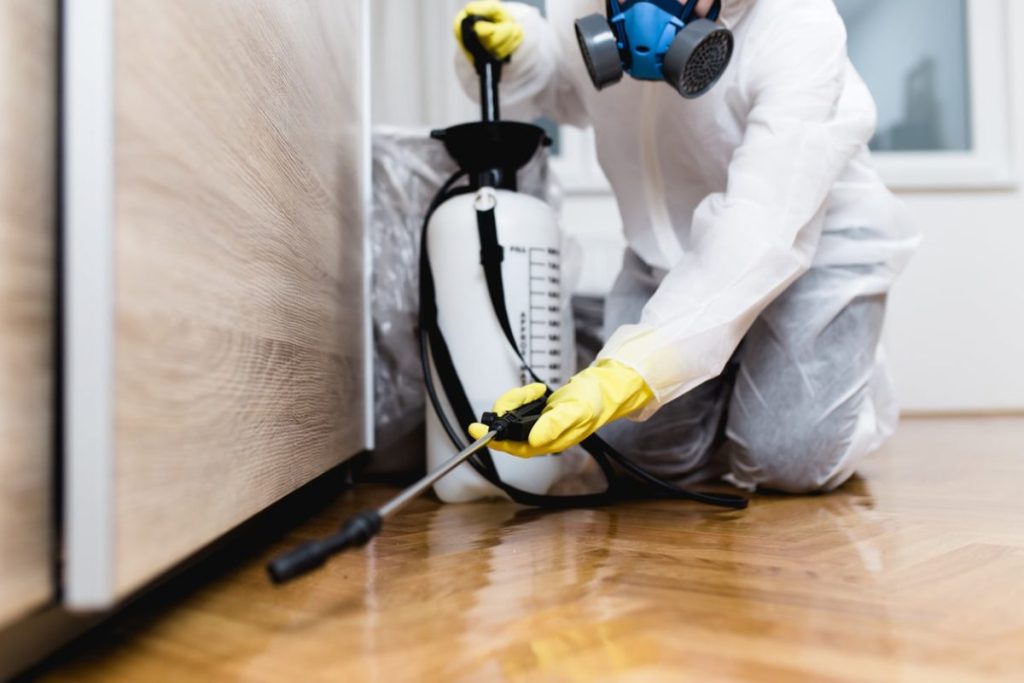Chemical-Free Methods of Pest Control
Pests can be a nuisance in homes, gardens and agricultural settings, but resorting to chemical pesticides is not always the best solution. Chemical pesticides can be harmful to human health, the environment and beneficial organisms. Fortunately, there are several effective and environmentally friendly methods of pest control that do not rely on chemical substances. Here are some chemical-free methods to consider:

- Biological Control: This method involves introducing natural predators, parasites or pathogens that feed on or infect the pests. For example, ladybugs can be introduced to control aphids in gardens or nematodes can be used to control soil-dwelling pests like grubs. This approach allows for the natural balance of the ecosystem to be maintained.
- Mechanical and Physical Methods: These methods involve physically removing or preventing pests from entering the desired area. Examples include using barriers such as screens or netting to keep insects out, using traps to capture pests like rodents or employing manual techniques like hand-picking to remove pests from plants. Mechanical and physical methods can be highly effective for small-scale pest control.
- Cultural Control: Cultural control involves manipulating the environment to discourage pests. This can include practices such as crop rotation, companion planting or adjusting irrigation and fertilization techniques to create conditions that are unfavorable for pests. By altering the environment, pests are less likely to thrive, reducing the need for chemical intervention.
- Natural Repellents: Many pests can be deterred by natural substances that they find unpleasant. For instance, planting marigolds can repel aphids and other insect pests, while using garlic or pepper sprays can deter pests in gardens. Essential oils like peppermint or eucalyptus can also be used as natural repellents indoors.
- Traps and Baits: Non-chemical traps and baits can be used to lure pests and prevent them from causing further damage. Sticky traps, pheromone traps and light traps are commonly used for flying insects, while baited traps can be effective for rodents or crawling insects. These methods allow for targeted pest control without the use of harmful chemicals.
- Improved Sanitation and Maintenance: Keeping the environment clean and well-maintained can reduce pest infestations. Regularly removing food debris, sealing cracks and crevices and eliminating standing water can discourage pests from taking up residence in homes or gardens. By denying pests access to food, water and shelter, their populations can be effectively controlled.
It is important to note that while these chemical-free pest control boerne methods are generally safe and environmentally friendly, they may require patience and persistence. Complete elimination of pests may not be achievable, but these methods can significantly reduce their populations and mitigate the damage they cause. Additionally, it is always a good idea to consult with local agricultural extension services or pest control professionals for specific advice and guidance tailored to your region and pest problems. By adopting these chemical-free pest control methods, we can promote a healthier and more sustainable approach to pest management while minimizing the risks associated with chemical pesticides.